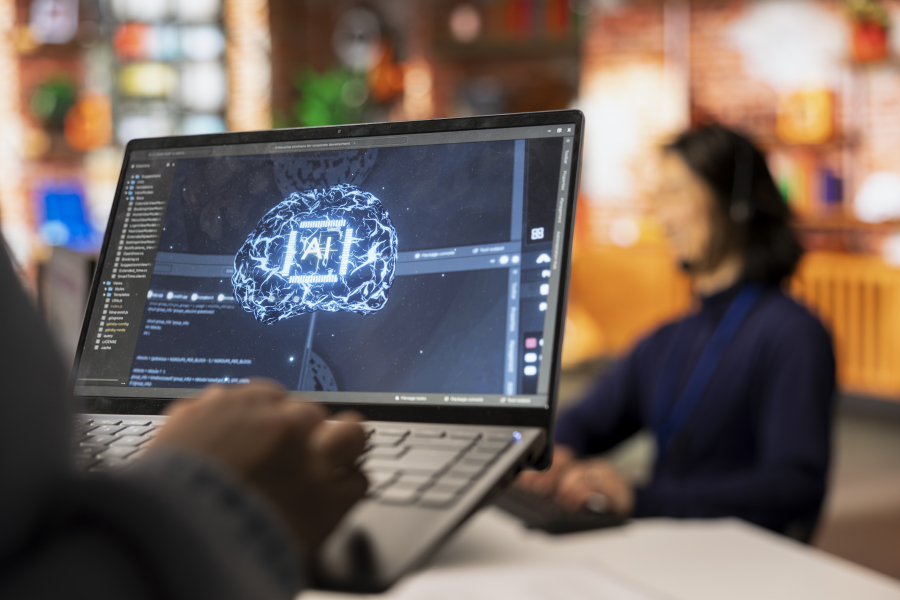How to Photograph Products for eCommerce
In today’s digital marketplace, product photography plays a critical role in influencing purchasing decisions. High-quality visuals can make the difference between a sale and a scroll. Whether you're a freelancer offering product photography services or a business owner managing your online store, knowing how to capture professional-grade images is essential for eCommerce success. The quality, clarity, and consistency of your product images directly impact customer trust and conversion rates. In this comprehensive guide from FreelancerBridge, you’ll learn how to photograph products for eCommerce like a pro—from gear selection and lighting to editing and optimization for online stores.
How to Photograph Products for eCommerce: A Freelancer’s Guide
1. Why Product Photography Matters in eCommerce
Product images are often the first interaction potential buyers have with your product. Poor visuals can lead to lost sales, while crisp, clean images can elevate your brand and boost conversions.
Key Benefits:
Builds trust and credibility
Enhances perceived value
Increases conversion and reduces return rates
Improves SEO and social media performance
Sets your store apart in a competitive market
Investing in quality product photography is not just aesthetic—it's a business strategy.
2. Essential Equipment for eCommerce Photography
You don’t need the most expensive gear, but you do need reliable tools to produce professional results.
Recommended Gear:
Camera: A DSLR or mirrorless camera is ideal (e.g., Canon EOS, Sony Alpha). High-end smartphones with manual settings can also work.
Lenses: A 50mm or macro lens is excellent for capturing detail.
Tripod: Stabilizes shots and ensures consistent angles.
Lighting: Softbox kits or continuous LED lights are best for controlled lighting.
Backdrops: White backgrounds are standard; lightboxes or sweep paper work well.
Reflectors/Diffusers: For managing shadows and highlights.
Use what’s within your budget, but ensure your setup eliminates camera shake, lighting issues, and background distractions.
3. Create a Dedicated Shooting Space
Having a consistent and clean shooting environment ensures uniform results across your catalog.
Setup Tips:
Choose a quiet, clutter-free space.
Use a white or neutral-colored backdrop.
Control natural or artificial light to prevent unwanted shadows or color casts.
Mark positions on the floor/table for product placement.
If you’re a freelancer working with multiple brands, creating a modular setup allows you to switch between product types efficiently.
4. Master Lighting for Product Photography
Lighting is the backbone of quality product photography.
Types of Lighting:
Natural Light: Great for small products like jewelry or lifestyle shots. Use window light with diffusers for soft shadows.
Artificial Light: Best for consistency. Softboxes or continuous LEDs offer full control over brightness and positioning.
Lighting Techniques:
Use at least two light sources to reduce harsh shadows.
Avoid overhead lights that create glare.
Use reflectors to bounce light onto dark areas.
Balanced, even lighting ensures products appear clean, detailed, and true to color.
5. Use the Right Background and Surface
A clean background puts all the focus on the product.
Background Tips:
Use white or light gray for marketplace platforms like Amazon or Shopify.
Use seamless backdrops (paper rolls or lightboxes) to avoid creases or harsh lines.
For lifestyle or editorial shots, use relevant props but keep the focus on the product.
Avoid patterned or colored backgrounds unless they serve a branding purpose.
6. Camera Settings for eCommerce Photography
Manual settings give you the most control over your final image.
Ideal Settings:
Aperture (f/8–f/11): Ensures the entire product is in focus.
ISO (100–200): Keeps images sharp and noise-free.
Shutter Speed (1/125 or faster): Prevents motion blur.
White Balance: Match the light source (use a gray card or auto white balance as a starting point).
Use manual focus for precision and always shoot in RAW format for better editing flexibility.
7. Capture Multiple Angles and Details
Online shoppers can’t physically touch the product—so your images must tell the full story.
Essential Shots:
Front, back, and side views
Top-down or angled shots
Close-up detail (stitching, texture, material)
Scale shots (next to a familiar object or model)
Packaging (if included)
Showing the product in context helps customers visualize usage and builds trust.
8. Include Lifestyle and Contextual Images
In addition to plain background images, use lifestyle shots to showcase the product in use.
Benefits:
Helps customers imagine real-world usage
Enhances emotional appeal
Great for use on social media, ads, and landing pages
For freelancers, offering lifestyle shoots as an added service can boost income and project value.
9. Editing and Post-Processing
Post-processing polishes your images and makes them web-ready.
Editing Steps:
Crop to consistent dimensions (square or 4:5 for most platforms)
Adjust exposure, contrast, and color balance
Remove background imperfections
Sharpen details while avoiding over-editing
Export in optimized formats (JPEG for web, PNG for transparency)
Tools like Adobe Lightroom, Photoshop, or Canva Pro offer essential editing capabilities.
10. Optimize Images for eCommerce Platforms
Speed and SEO are just as important as quality in online sales.
Optimization Tips:
Compress images without losing quality (use tools like TinyPNG or Squoosh)
Rename files using keywords (e.g., “handmade-ceramic-mug.jpg”)
Add alt text for accessibility and search engine indexing
Use consistent file dimensions and aspect ratios
Well-optimized images improve loading time, reduce bounce rates, and support higher search rankings.
11. Showcase Your Work Professionally
Freelancers should maintain a portfolio of product photography to attract new clients.
Portfolio Tips:
Organize by product type (e.g., food, fashion, electronics)
Display before-and-after editing comparisons
Highlight lifestyle vs. standard shots
Include testimonials or brand collaborations
Use your website, Behance, or Instagram as visual proof of your skill and experience.
12. Understand Platform Requirements (Amazon, Etsy, Shopify, etc.)
Different eCommerce platforms have unique image guidelines.
Examples:
Amazon: White background, minimum 1000px on the longest side, product must fill 85% of the frame
Etsy: Lifestyle images recommended, 2000px wide
Shopify: Square images recommended, optimized for speed
WooCommerce: Consistent aspect ratios for all product thumbnails
Meeting these standards ensures your photos display correctly and professionally.
13. Offer Product Photography as a Freelance Service
With the rise of eCommerce brands, demand for product photography continues to grow.
How to Get Clients:
Reach out to small business owners or Etsy sellers
Network through online freelancer platforms (Fiverr, Upwork, etc.)
Create content around product photography tips and share online
Bundle services (product photography + social media shots)
Having pricing packages ready and showcasing past work increases your credibility.
14. Common Mistakes to Avoid
Avoid:
Inconsistent lighting or color casts
Using smartphone flash or overhead lights
Cluttered or reflective backgrounds
Crooked angles or improper framing
Low-resolution exports
Attention to detail separates amateur images from professional-grade content.
15. Stay Updated and Keep Experimenting
The world of online selling and visual marketing changes quickly. Freelancers must evolve continuously.
How to Stay Current:
Follow product photography trends on Instagram, Pinterest, and Behance
Take short courses or workshops
Subscribe to eCommerce photography newsletters
Join photography forums and groups for feedback
Experiment with creative lighting, styling, and layout to stay fresh and relevant.
Conclusion:
Professional product photography is no longer optional in eCommerce—it’s essential. Whether you’re selling your own products or offering freelance services, mastering the art of capturing compelling, high-quality product images can significantly influence conversions and customer satisfaction. With the right tools, techniques, and consistency, you can create visuals that not only highlight a product’s features but also communicate brand value and professionalism. At FreelancerBridge, we’re committed to helping freelance creatives excel in today’s digital economy. Apply these tips, and turn your photography skills into a powerful business asset in the growing world of eCommerce.


 by Emily
by Emily




